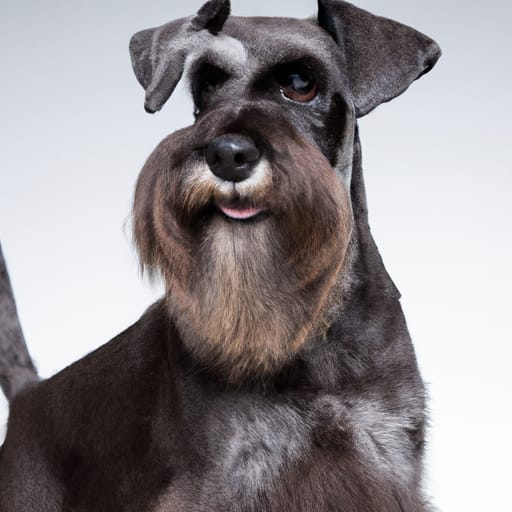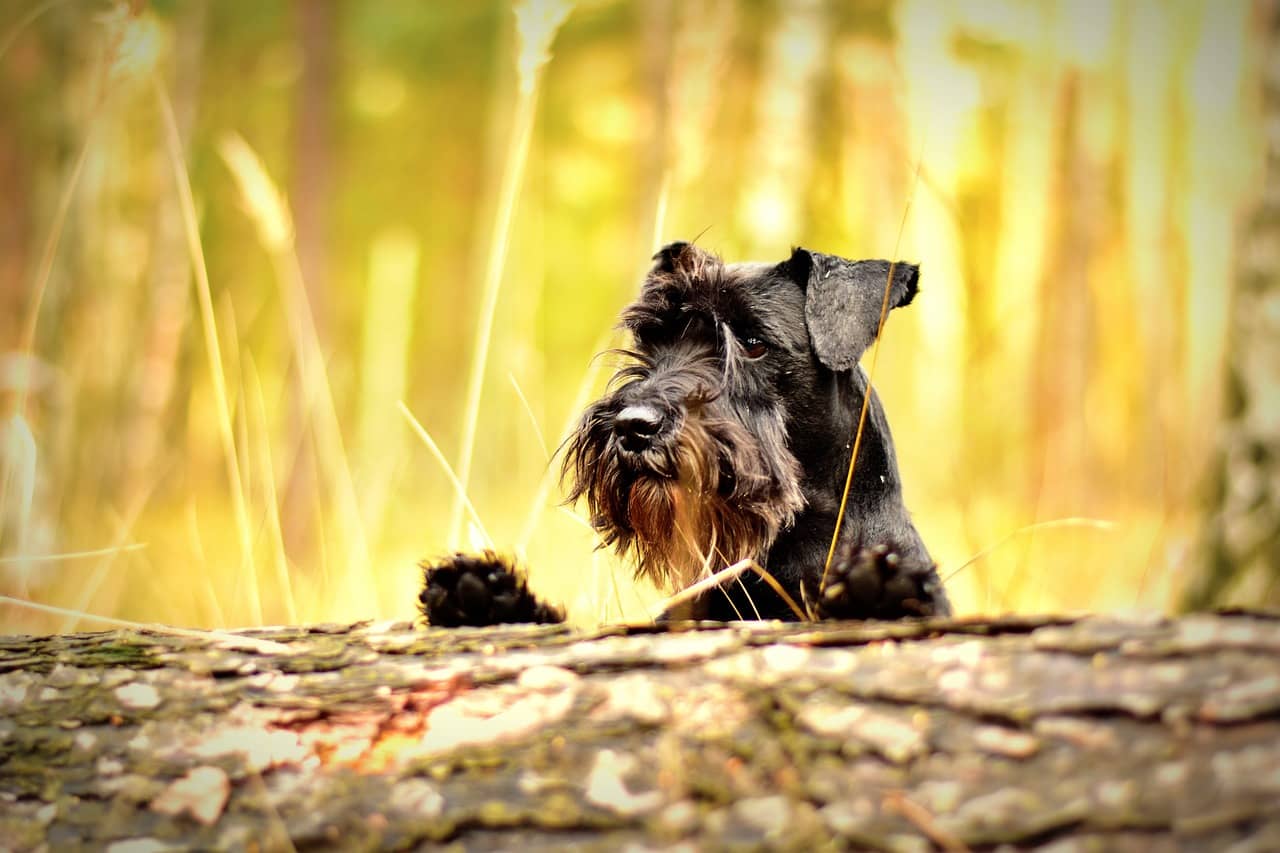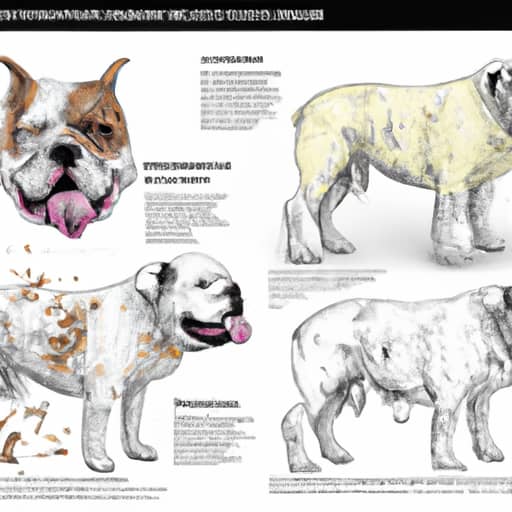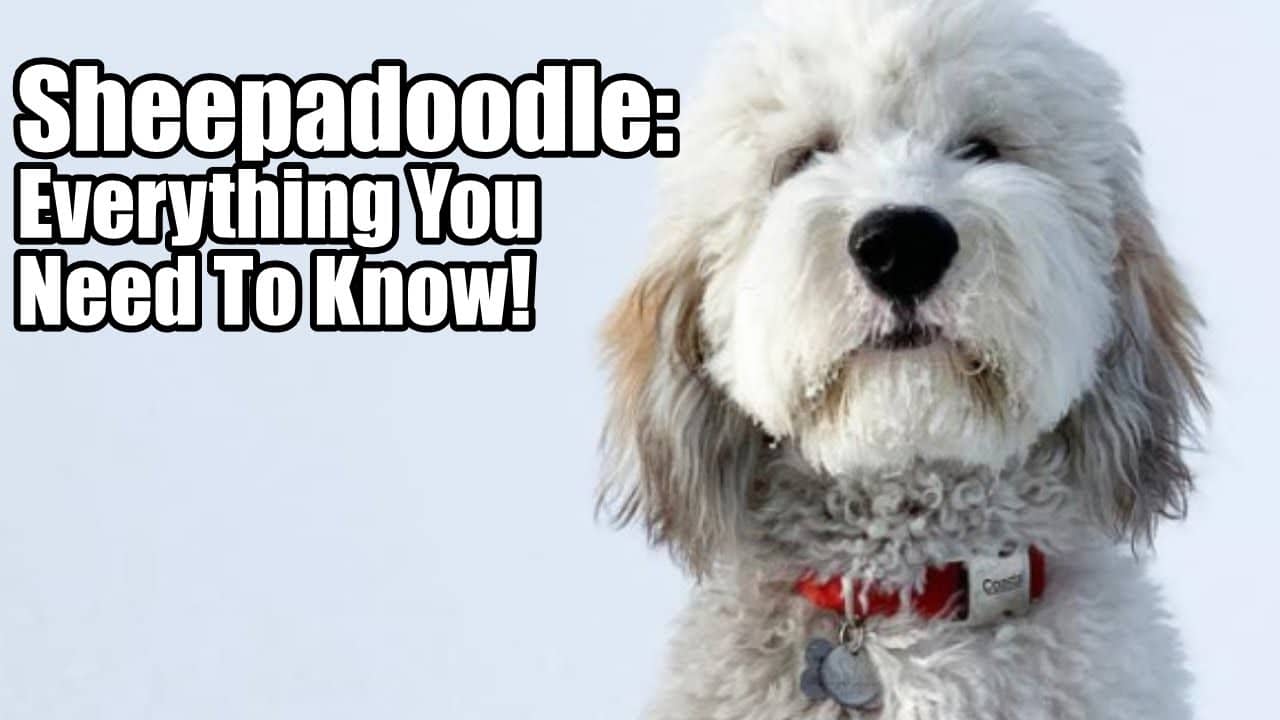Schnauzer Shedding: Why Do Schnauzers Shed?
Do Schnauzers Shed? If you’ve ever owned a Schnauzer or know someone who has, you’ve probably noticed that these lovable dogs shed their fur. But have you ever wondered why? In this article, we’ll explore the reasons behind Schnauzer shedding, including the factors that contribute to their fur loss and how to manage it effectively. Whether you’re a proud Schnauzer owner or simply curious about these furry companions, get ready to unveil the mysteries of Schnauzer shedding and discover helpful tips to keep your pup’s coat looking its best.
Causes of Shedding
Genetics
Genetics play a significant role in determining the shedding patterns of Schnauzers. Just like other dog breeds, Schnauzers inherit certain traits from their parents, and shedding can be one of them. If a Schnauzer comes from a line of dogs that shed heavily, it is likely that they will also shed more. On the other hand, if they come from a line of dogs that have minimal shedding, their shedding may be less noticeable.
Seasonal Shedding
Another common cause of shedding in Schnauzers is seasonal shedding. Dogs, including Schnauzers, often experience greater hair loss during certain times of the year, typically during spring and fall. This shedding is influenced by changes in daylight hours and temperature. As the weather starts to warm up or cool down, dogs’ coats naturally adjust to the changing seasons, which leads to shedding. It is essential to note that seasonal shedding is a temporary phase and not a cause for concern.
Health Issues
Health issues can also be a factor in excessive shedding among Schnauzers. Skin conditions, such as allergies or infections, lead to irritation and can cause increased shedding. Additionally, hormonal imbalances, such as thyroid conditions, can disrupt the normal growth cycle of a dog’s fur, resulting in excessive shedding. If you notice your Schnauzer shedding more than usual, it is essential to consult with a veterinarian to rule out any underlying health issues.
Stress
Just like humans, dogs can experience stress, which can affect their overall well-being and manifest in various ways, including excessive shedding. Stress triggers, such as changes in the environment, a new addition to the family, or separation anxiety, can lead to stress-related shedding in Schnauzers. Creating a stable and comfortable environment for your furry friend and providing them with enough mental and physical stimulation can help reduce stress and minimize shedding.
Dietary Factors
A proper diet plays a crucial role in a dog’s overall health and can also impact their shedding patterns. Lack of essential nutrients, such as omega-3 fatty acids, zinc, and vitamins, can contribute to dry and brittle fur, leading to increased shedding. Additionally, Schnauzers, like other breeds, can develop food allergies that manifest as skin irritation and excessive shedding. Feeding your Schnauzer a balanced and high-quality diet tailored to their specific needs can help maintain a healthy coat and minimize shedding.
Understanding Schnauzers
Schnauzer Breeds
Schnauzers are a group of dog breeds that includes the Miniature Schnauzer, Standard Schnauzer, and Giant Schnauzer. Each breed has its distinct characteristics, including size, coat type, and temperament. While all Schnauzers share some common traits, it is essential to understand breed-specific differences when it comes to shedding.
Coat Characteristics
One of the distinguishing features of Schnauzers is their double coat, which consists of a wiry topcoat and a soft undercoat. This unique coat texture gives Schnauzers their iconic look and provides them with protection from the elements. However, it also means that they are prone to shedding to some extent. It is worth noting that the wiry topcoat helps trap loose hair, making shedding less noticeable compared to dogs with single-layered coats.
Temperament and Behavior
Schnauzers are known for their spirited and intelligent nature. They are generally friendly, loyal, and make excellent family pets. When it comes to shedding, the temperament and behavior of Schnauzers can also influence their grooming needs. Active and energetic Schnauzers may shed more due to increased outdoor activities, while calmer dogs may have a lesser shedding tendency. Understanding your Schnauzer’s personality can help you gauge their shedding patterns and tailor your grooming routine accordingly.

Genetics and Shedding
Inherited Traits
Shedding tendencies can be inherited traits in Schnauzers. If both the parents of a Schnauzer have a history of heavy shedding, there is a higher chance that the offspring will also shed heavily. However, it is important to note that shedding can vary even within the same litter. Some puppies may inherit the shedding gene more intensely, while others may shed minimally. Therefore, it is crucial for potential Schnauzer owners to inquire about the shedding history of the parents to have an idea of what to expect.
Variations within the Breed
While Schnauzers as a breed generally have a moderate shedding tendency, there can be variations within the breed. Factors such as genetics and individual differences can contribute to variations in the amount of shedding among Schnauzers. Some Schnauzers may shed more naturally, while others may exhibit minimal shedding. It is essential to keep in mind that variations in shedding within the breed are normal and not necessarily a cause for concern.
Crossbreeding and Shedding
Crossbreeding Schnauzers with other breeds can sometimes result in offspring with modified shedding patterns. For example, breeding a Schnauzer with a hypoallergenic breed, like a Poodle, can produce Schnauzer-Poodle mixes (Schnoodles) that shed less. However, it is important to note that crossbreeding does not guarantee a hypoallergenic or non-shedding dog. The shedding tendencies of mixed breed Schnauzers can vary depending on the individual dog’s genetic makeup.
Seasonal Shedding Patterns
Temperate Climate Influence
Schnauzers, like many other dog breeds, often have seasonal shedding patterns influenced by changes in temperature. As the seasons transition from winter to spring and from summer to fall, Schnauzers may experience increased shedding. This shedding is a natural response to temperature and daylight changes. During warmer months, Schnauzers shed their thicker winter coat to allow for better heat regulation. Similarly, they shed their lighter summer coat as the cooler weather approaches.
Natural Weather Adaptations
Seasonal shedding in Schnauzers is a natural adaptation to changing weather conditions. The shedding process helps them maintain a comfortable body temperature throughout the year. In the spring, shedding allows Schnauzers to shed their heavier winter coat, which would be unnecessary and uncomfortable in the warmer weather. Likewise, shedding in the fall enables them to grow a thicker coat to provide insulation during colder months. Understanding and accepting these seasonal shedding patterns is essential for Schnauzer owners and can alleviate unnecessary concerns about shedding.
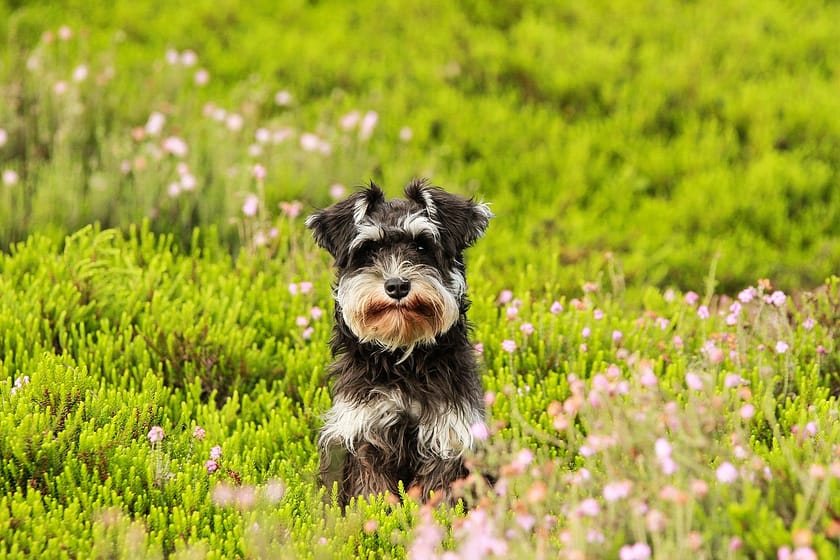
Health Issues and Shedding
Skin Conditions
Skin conditions can contribute to increased shedding in Schnauzers. Allergies, such as flea allergies or food allergies, can cause excessive itching and scratching, which leads to hair loss. Schnauzers are prone to skin allergies, so it is important to monitor their skin for any signs of irritation or inflammation. Additionally, bacterial or fungal infections can also result in shedding. If you notice persistent itching, redness, or flaky skin, it is crucial to consult with a veterinarian to diagnose and treat any underlying skin conditions.
Allergies
Just like humans, dogs can develop allergies to certain environmental factors, such as pollen, dust mites, or mold. These allergies can manifest as skin irritation and itching, leading to increased shedding. Schnauzers may also be allergic to certain ingredients in their food, causing similar allergic reactions. If you suspect that your Schnauzer has allergies, it is important to identify the allergen and make necessary changes to their environment or diet with the guidance of a veterinarian.
Hormonal Imbalances
Hormonal imbalances can disrupt the natural growth cycle of a dog’s fur, leading to abnormal shedding patterns. Schnauzers, like other dog breeds, can experience hormonal imbalances, such as an underactive thyroid (hypothyroidism). Hypothyroidism can cause dry and brittle fur, leading to increased shedding. If you notice signs of excessive shedding coupled with other symptoms like weight gain, lethargy, or changes in appetite, it is crucial to have your Schnauzer evaluated by a veterinarian for possible hormonal imbalances.
Stress and Shedding
Environmental Changes
Schnauzers can be sensitive to changes in their environment, which can lead to increased stress and subsequent shedding. Moving to a new home, rearranging furniture, or even introducing a new pet or family member can cause stress in dogs. This stress can manifest physically as increased shedding. To minimize the impact of environmental changes on your Schnauzer’s shedding, it is important to provide a stable and secure home environment. Minimizing sudden changes and gradually introducing new elements can help reduce stress and its associated shedding.
Separation Anxiety
Schnauzers are known for their close bond with their owners and can experience separation anxiety when left alone for long periods. Separation anxiety can lead to stress and anxiety-related shedding. To help manage separation anxiety, it is crucial to provide your Schnauzer with mental and physical stimulation, establish a routine, and gradually increase their independence. Additionally, consulting with a professional dog trainer or a veterinarian can provide you with strategies to help reduce separation anxiety and minimize shedding.
Lifestyle Stability
The overall stability of a Schnauzer’s lifestyle can also influence their shedding patterns. Dogs thrive on routine and predictability, so frequent changes in their daily routine or environment can lead to stress and increased shedding. Providing a stable lifestyle with consistent routines, including regular exercise, feeding times, and quality time with their owner, can help reduce stress and subsequently minimize shedding. Maintaining a stable and supportive lifestyle contributes to your Schnauzer’s overall well-being and can lead to a healthier coat.

Dietary Factors and Shedding
Lack of Essential Nutrients
A well-balanced diet is essential for a Schnauzer’s overall health, including the condition of their coat. The lack of essential nutrients, such as omega-3 fatty acids, zinc, and vitamins, can result in dry and brittle fur, leading to increased shedding. Ensuring that your Schnauzer’s diet contains high-quality proteins, healthy fats, and a variety of fruits and vegetables can provide them with the necessary nutrients to maintain a healthy coat.
Food Allergies
Food allergies can often manifest as skin irritation and itching in dogs, leading to increased shedding. Schnauzers, like other breeds, can develop allergies to specific ingredients, such as grains, chicken, or beef. If you suspect that your Schnauzer has a food allergy, it is important to consult with a veterinarian and consider a diet trial to identify the allergen. Eliminating the allergen from their diet can help reduce shedding caused by food allergies.
Inappropriate Diets
Feeding your Schnauzer an inappropriate diet can also contribute to excessive shedding. Diets lacking essential nutrients or those with low-quality ingredients can negatively impact the health of their coat. High-quality commercial dog foods that meet the nutritional requirements for Schnauzers are recommended. Additionally, some owners choose to feed their Schnauzers homemade diets or raw diets. It is important to consult with a veterinarian or a veterinary nutritionist to ensure the diet is adequately balanced and meets all nutritional needs.
Grooming Tips for Minimizing Shedding
Regular Brushing
Regular brushing is essential for managing shedding in Schnauzers. Brushing helps remove loose hair from their coat, preventing it from accumulating around the house. It also stimulates the skin and improves blood circulation, promoting a healthy coat. Schnauzers should be brushed at least once or twice a week, using a slicker brush or a grooming rake specifically designed for their wiry coat. Pay extra attention to areas prone to matting, such as behind the ears and under the belly.
Proper Bathing Techniques
Proper bathing techniques can also help minimize shedding in Schnauzers. Use a high-quality dog shampoo suitable for their coat type and avoid overwashing, as it can strip the natural oils from their skin, leading to dryness and increased shedding. It is recommended to bathe Schnauzers every 6 to 8 weeks, or as needed, to keep their coat clean and healthy. Using a conditioner after shampooing can help keep their coat moisturized and reduce shedding.
Professional Grooming Services
Engaging the services of a professional groomer can also help manage shedding in Schnauzers. Professional groomers are experienced in working with different coat types and can provide specialized grooming techniques to minimize shedding. They can also perform additional services, such as de-shedding treatments and hand-stripping, to effectively remove loose hair and maintain a healthy coat. Regular professional grooming sessions, combined with proper at-home maintenance, can significantly reduce shedding in Schnauzers.
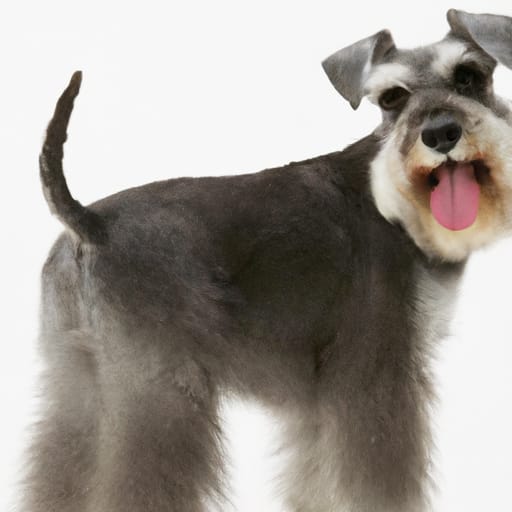
Managing Schnauzer Shedding
Investing in Quality Tools
Investing in high-quality grooming tools is essential for managing shedding in Schnauzers effectively. Purchase brushes and combs specifically designed for their coat type, as they are designed to remove loose hair without damaging the coat. Additionally, consider investing in a de-shedding tool or a grooming rake to help remove excess hair during shedding seasons. Quality tools not only ensure efficient grooming but also help maintain the health of the coat.
Regular Vet Check-ups
Regular veterinary check-ups are crucial for the overall health and well-being of your Schnauzer, including managing shedding. During these check-ups, your veterinarian can assess your Schnauzer’s coat condition, address any underlying health issues, and provide recommendations for managing shedding effectively. Routine vaccinations, parasite prevention, and dental care are also important aspects of regular vet check-ups that contribute to your Schnauzer’s overall health.
Maintaining a Clean Environment
Maintaining a clean environment can significantly reduce the impact of shedding in Schnauzers. Regularly vacuuming and sweeping can help remove loose hair from floors and furniture, preventing it from accumulating. Using washable bedding and covers can also make cleaning easier. It is important to note that while shedding cannot be entirely eliminated, proactive cleaning measures can help keep your home clean and minimize the visibility of shed hair.
FAQs about Schnauzer Shedding
How often do Schnauzers shed?
Schnauzers typically have a moderate shedding tendency. However, the frequency and intensity of shedding can vary among individual Schnauzers. Factors such as genetics, health, and environmental conditions can influence the shedding patterns of a Schnauzer. It is important to note that seasonal shedding is a normal part of a Schnauzer’s coat cycle and should not be cause for concern.
Can shedding be prevented?
Shedding is a natural process for dogs, including Schnauzers, as they continuously grow and replace their fur. Therefore, shedding cannot be entirely prevented. However, regular grooming practices and proper nutrition can help minimize shedding and maintain a healthy coat. Additionally, understanding your Schnauzer’s shedding patterns and managing any underlying health issues can contribute to reducing shedding.
Are Schnauzers hypoallergenic?
Schnauzers are often considered hypoallergenic, which means they are less likely to cause allergies in sensitive individuals. However, it is important to note that no dog breed is entirely hypoallergenic. While Schnauzers have a low-shedding coat, they still produce dander, which is the primary allergen that triggers allergies in humans. If you or a family member have allergies, it is advisable to spend time with a Schnauzer before bringing one into your home to ensure compatibility.
